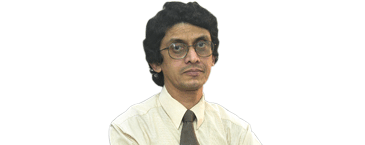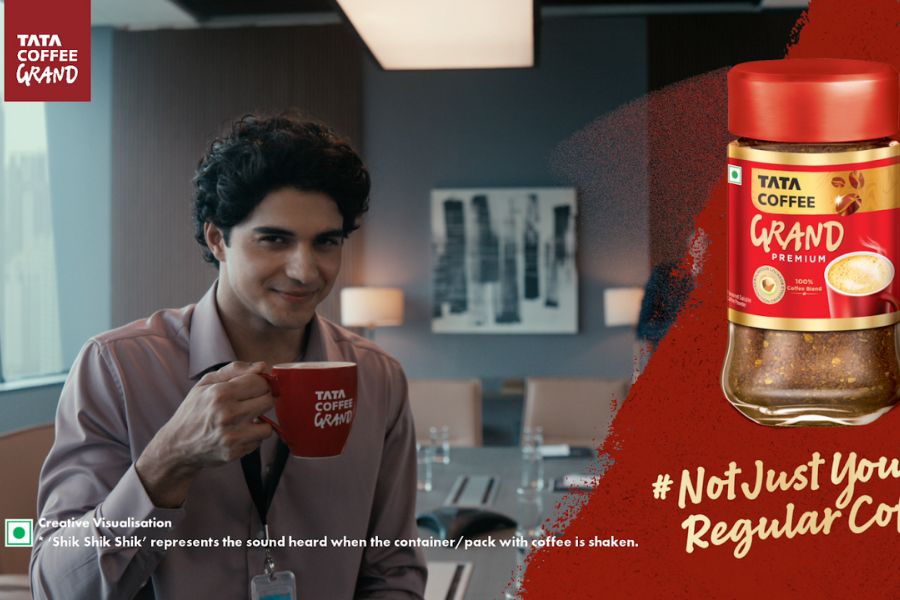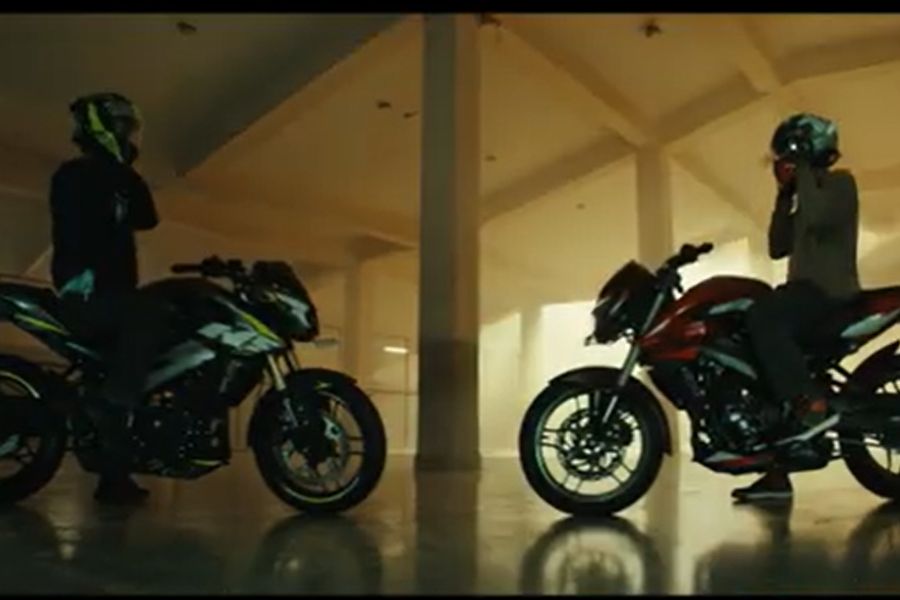A Brand consultant sometimes feels like a psychoanalyst, as a marketer’s eyes glaze over and he begins to share his deepest secret desires, his dreams, his fantasies, how he thinks he is actually Napoleon. Or Bill Gates or Richard Branson.
One tries to understand the underlying obsessive-compulsive disorder, anxiety neurosis or schizoid isolation that drive him.
Recently I had to put on my psychoanalyst hat to interpret a prospective client’s words: “I want to create an Iconic brand”. Huh?
Blame it on Management literature
The problem is too many books that make everything achievable by ‘formula’: ‘Seven habits of successful people’, ‘Good to great’, ‘How to turn reluctant consumers into blobs of putty in your hands’ (ok, I made up the last one.)
The point is, these books make it sound so easy. The message is ‘Read my book, and you may go forth and be fruitful’. Or at least become insanely successful.
One of the recent buzz-words has been ‘Iconic brands’. So now, everyone wants his own ‘iconic’ brand’, like a personal trainer or something.
Cart before the hearse
They read about Harley Davidson and men tattooing the logo on their arms, and begin to dream of having their brand name adorn fleshy body parts.
They hear about the awe in which the Apple fans listen to Steve Jobs at Macworld, and they start imagining their own fruit in technicolour.
They forget the simple fundamental truth, that ‘Iconic brands’ are not the output of a desire. They are the result and consequence of everything you do consistently over the years.
Let us begin with just the definition of the word.
An Icon is “someone or something widely admired, especially something symbolizing a movement or field of activity”.
That implies that the brand actually symbolizes something.
Most brands attempt to do exactly the opposite. They believe that they must be all things to all men and women.
In case this sounds like an exaggeration, just watch commercials on air currently for certain balms and oils as examples, and judge for yourself.
Secondly, brands must, like Arjun, stay focused on the eye of the fish, and not get seduced by the Menakas of market change (if one may mix mythological metaphors).
Consider some brands that have achieved iconic status in India.
Cadbury’s Dairy Milk: Here is a brand that has changed with the times, from ‘Sometimes Cadbury’s can say it better than words’ to ‘Kuchh meetha ho jaye’ but continues to do it endearingly, retaining it’s leadership. Even as imported products become commonplace, CDM continues to define ‘what a chocolate should be’.
Infosys: The brand that is synonymous with India’s IT story. TCS may be bigger, but it is Infosys that defines the coming of age for India as an economic power. It’s Infosys that showed us that Lakshmi (the Goddess of wealth) and Saraswati (the Goddess of learning) could live under the same roof.
Amul: Amul is to milk products what Infosys is to IT. Respected. Trusted. Credible. And the game changer that after all these years continues to define the sector.
Tata: The brand that stands for integrity, transparency, honesty and symbolizes the nobility that Indian business can be. From Tata Steel to Taj hotels to the Nano. Which is why on 26/11 it was more than a hotel – it was India that was attacked in Mumbai.
And there are those who could have become icons, but stumbled on the way, and are less than what they could have been.
Bajaj: Slipped into a protectionist mind-set at one point, and missed the shift to motorcycles. Is fighting back, but has never quite got back to the ‘You just can’t beat a Bajaj’ glory days.
Raymond: Defined the changing Indian male psyche in the 1990s, but didn’t change with the shift to readymades, out of touch with twentysomethings today.
Bullet motorcycles: The ‘Harley Davidson’ on Indian roads. Got lost on some side road, and never got back.
I am sure you can add your nominees to both lists. But the point remains the same: You can’t build iconic brands by merely wanting to.
By the way, I identified the psychoanalytical term for that marketer: It is “delusional”.
(Anand Halve is the co-founder, Chlorophyll. He can be reached at anand@chlorophyll.in.)




